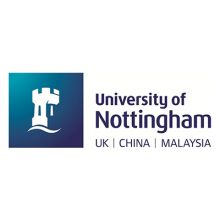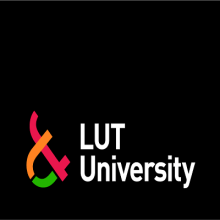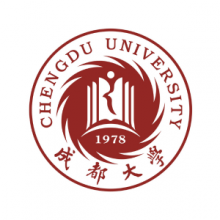About RMIT University
With an emphasis on technology, design and enterprise, RMIT University in Melbourne was originally established as a Working Men's College in 1887, and was granted formal university status in 1992.
RMIT's motto translates as “a skilled hand, a cultivated mind”. There are three campuses in Australia, two in Vietnam (Hanoi and Ho Chi Minh City) and a research and industry collaboration centre in Barcelona, Spain. The Melbourne city campus combines modern architecture with historic buildings, including a former magistrates’ court, Old Melbourne Gaol and the Capitol Theatre, and during graduation time RMIT students parade through the city’s streets in their academic gowns.
RMIT, which is Australia's largest tertiary institution, instructs more than 30,000 students, a quarter of whom are from overseas. There are courses in 23 schools across three academic colleges; the College of Design and Social Context, the College of Business, and the College of Science, Engineering and Health. RMIT has semester exchanges programmes involving more than 150 partner institutions in 31 cities on three continents.
The university also runs an industry mentoring programme linking professionals with current students for one-to-one advice. RMIT has six core values. These are: passion, impact, inclusion, agility, courage and imagination.
Life in Australia's second-largest city is cosmopolitan with about half of Melbourne's 4 million people born outside the country. Aside from the city's bars, restaurants, galleries, museums and parks, there is the temptation of the great outdoors. The Great Ocean Road and Phillip Island, both in the state of Victoria, are popular places to visit and students with the means can travel further afield.
Explore these featured universities
Explore rankings data for RMIT University
Compare universities on their key stats
Key statistics
- 23.8No. of students per staff(1)
- 35%Percentage of International Students(1)
- 49 : 51Student Ratio of Females to Males(1)
- 27%Proportion of ISR Publications(1)
- 32,149Number of FTE Students(1)
Subjects taught at RMIT University
Clinical, pre-clinical & health
- Other Health
- Medicine & Dentistry
Physical sciences
- Mathematics & Statistics
- Physics & Astronomy
- Chemistry
- Geology, Environmental, Earth & Marine Sciences
Psychology
- Psychology
Computer science
- Computer Science
Business & economics
- Business & Management
- Accounting & Finance
- Economics & Econometrics
Engineering & technology
- Mechanical & Aerospace Engineering
- Chemical Engineering
- General Engineering
- Civil Engineering
- Electrical & Electronic Engineering
Social sciences
- Communication & Media Studies
- Sociology
- Geography
- Politics & International Studies (incl Development Studies)
Education
- Education
Life sciences
- Sport Science
- Agriculture & Forestry
- Biological Sciences
Arts & humanities
- Art, Performing Arts & Design
- Languages, Literature & Linguistics
- Architecture
Law
- Law






